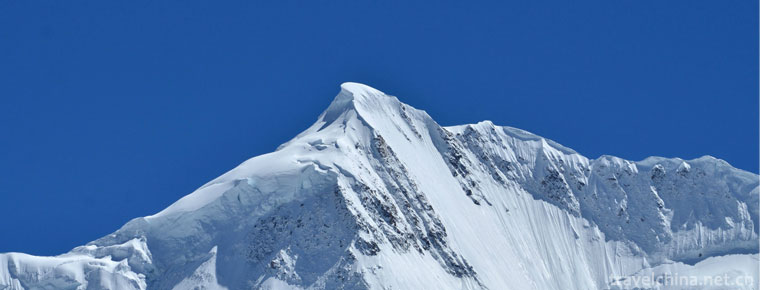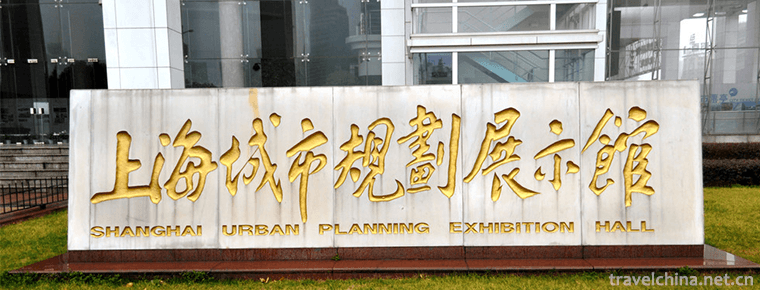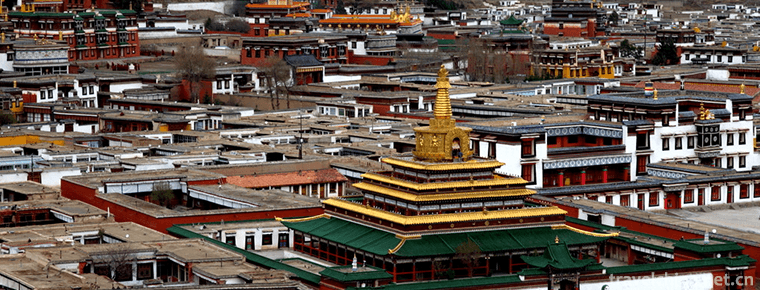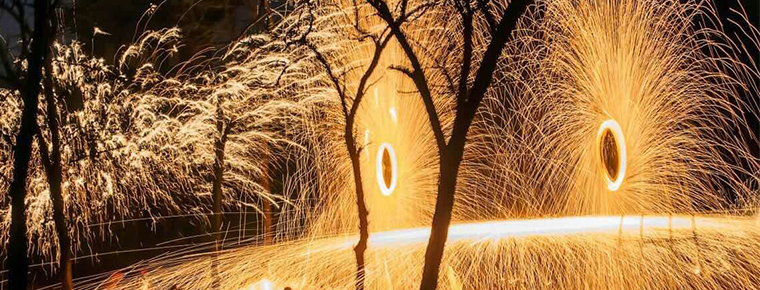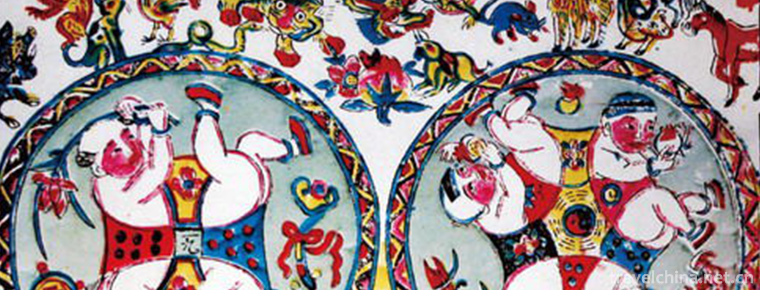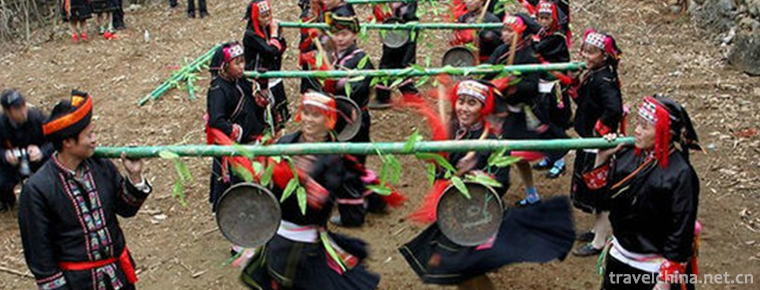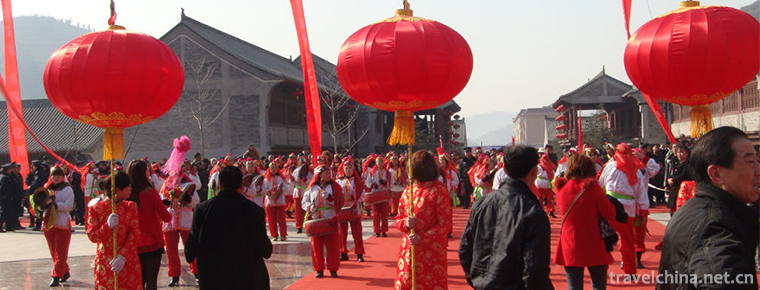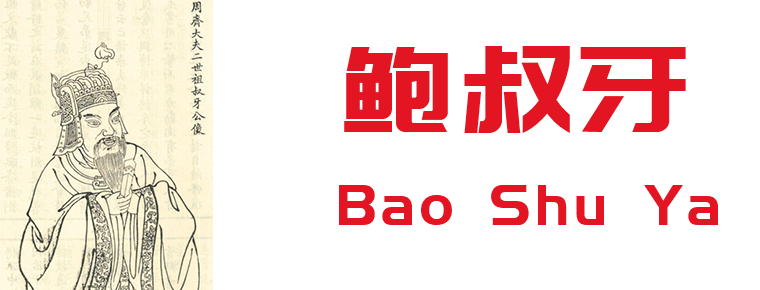Nangongshan National Forest Park
Nangongshan National Forest Park, located in Langao County, Ankang City, Shaanxi Province, is a branch of Hualongshan Mountain of Daba Mountain System, 33 kilometers from the county seat, 71 kilometers from Ankang City, with an area of 7648 hectares.
Nangongshan National Forest Park consists of Erlangping, Jinding, Volcanic Rock, Alpine Quercus and Lianhuazhai. With the care and support of leaders at provincial, municipal and county levels, and through the 13-year construction of the Langao State-owned Forestry Center, the construction of tourist infrastructure, service facilities and scenic spots has made achievements, and now it has become a tourist attraction in the adjacent areas of Shaanxi, Sichuan, Hubei and Chongqing. Tourist attractions such as sightseeing, leisure and vacation, summer and summer resorts.
In the second year of Jingkang in the Northern Song Dynasty (1126 A.D.), Taoism was first built on the mountain, and gradually evolved into a Buddhist resort in the Qing Dynasty. On the second day of July in the twenty-fifth year of Jiaqing in Qing Dynasty (AD 1820), the eminent monk Hongyi was silent in the lotus pot of Jinding, which added a strong mystery to Nangong Mountain.
Historical evolution
The predecessor of Nangongshan National Forest Park is Bijiashan Scenic Forest Farm in Langao County, Shaanxi Province.
In 1992, Nangongshan Forest Park in Shaanxi Province was established with the approval of Shaanxi Forestry Department.
In 2000, it was approved by the State Forestry Administration to establish Nangongshan National Forest Park in Shaanxi Province.
In February 2002, it was promoted to a national forest park by the State Forestry Administration.
In 2009, it was approved as a national geological park.
natural environment
position
Gongshan National Forest Park in Southern Shaanxi Province is located in Langao County, Ankang City, Shaanxi Province. It belongs to Hualongshan Branch of Daba Mountain System, 33 kilometers away from the county town and 71 kilometers away from Ankang City.
terrain
Nangongshan is located in the Bashan arc structural belt. From Late Sinian to Cretaceous, through Yangtze Cycle, Caledonian Movement and Yanshanian Movement, complex and peculiar geological structures were formed. Fractures, faults and folds were well developed. The geomorphological characteristics of Nangongshan National Forest Park are formed.
hydrology
The waterscape of the forest park is amazed by the passive square pool above the golden top and the lotus spring in the lotus pot. There are 10 branches and streams in the garden. Among them, the shady Erlanggou, Jinmingxi, Toudao River and Erdao River are the best.
There are 20 pools in the park, some connected with streams and rivers, and some connected with waterfalls, with different shapes and colors.
climate
Nangongshan National Forest Park is a subtropical continental monsoon climate with mild and humid climate, distinct seasons, abundant rainfall and long frost-free period. Its characteristics are cold and rainless in winter, rainy and droughty in summer, warm and dry in spring, cool and humid in autumn and continuous rainy. The average temperature for many years ranged from 15 to 17 C, and the average temperature for January ranged from 3 to 4 C. The extreme minimum temperature was -16.4 C (Ningshan, 28 December 1991); the average temperature for July ranged from 22 to 26 C, and the extreme maximum temperature was 42.6 C (Baihe County, 14 July 1962). The lowest monthly mean temperature was 3.5 C (January 1977) and the highest monthly mean temperature was 26.9 C (August 1967).
natural resources
Animal resources
There are more than 300 kinds of wildlife in Nangongshan Forest Park. Among them, there are 28 kinds of rare wildlife, such as leopard, antelope, civet cat, golden carving, pheasant and giant salamander.
plant resources
Nangongshan Forest Park is located in the only subtropical area in Northwest China. It has abundant rainfall, humid climate, various plant species, obvious vertical spectrum of forest landscape, diverse community types and complex floristic composition. According to investigation: 409 species of woody plants, belonging to 76 families, 180 genera; 449 species of herbs, belonging to 66 families, 246 genera; 70 species of ferns, belonging to 20 families, 40 genera. National rare and endangered plants: Davidia involucrata, Ginkgo biloba, fragrant fruit tree, Eucommia ulmoides, Aquamarine tree, mountain white tree, Magnolia officinalis, spruce, hazelnut, sandalwood, catalpa, red bean, maple, capsicum, white Xinshu, liriodendron, yellow lotus, delayed age grass, star anise, gastrodia, wild soybean and so on. Due to the influence of altitude and climate, from bottom to top, it can be divided into four landscape forest belts with vertical distribution: deciduous broad-leaved landscape forest belts with evergreen trees: below 1000 meters above sea level, the main tree species: Quercus acutissima, Quercus qinggang, Pinus massoniana, Chinese fir, tea tree, loquat, Tung oil, palm, Chinese tallow, toon and so on. Coniferous broad-leaved mixed landscape forest belt: 1000 to 1600 meters above sea level, the main tree species: camphor, Nanshu, mountain pepper, spruce, Bashan tamarind, quercus, Qianjin yu, etc. Pine-birch mixed landscape forest belt: 1700-2000 meters above sea level, the main tree species are red birch, cattle birch, bark birch, Chinese pine, spruce, fir, lacquer tree and so on. Subalpine shrub landscape belt: above 2000 meters above sea level, the main plants are Quercus spinosa, Spiraea alpinensis, onion, moss, lichen, mist grass and so on.
Introduction to scenic spots
West Stone Forest Scenic Area
Both ancient volcanic karst rocks form a variety of stone forest groups, and ancient glacier relics landscape, hidden in the Cangshan forest sea. Gaolin Giant Tree, Old Tree Jiaoke, Green Pine and Green Bamboo, Deep and quiet, screening out the shadow of ten thousand spots, penetrating into the colorful light, mountain flowers and wild fruits, colorful, fragrant overflowing. The mountain road is gentle, the winding path leads to seclusion, and the odd stones clip the path. Stone pillars, stalagmites, horn peaks, boulders, all over the mountains, beams and valleys, strange shape, imaginative associations, 21 scenic spots.
Other scenic spots and sceneries are: Xitianmen, Shizhang Longsun, Wukong's birth, Caixia Ningzhi, Cockscomb Stone, Huanglong Cave, Optimus Prime, relatively silent, Black Tiger Village, Lianhuafeng.
East Stone Forest Scenic Area
It belongs to the landform of ancient volcanic lava. Magmatic lavas of different shapes form tall, low and scattered, dense and numerous, which are listed in the stone forest group on the hillside and ridge. Stone forests are generally 10-15 metres high, up to 30-50 metres high and down to 1-3 metres. The shape is peculiar, the stone is polymorphic, the change is rich, the scenery is natural, the stone forest group area is large, the distribution is wide, the shape is strange, the image is lifelike, hides in the forest sea, extremely magnificent. It's amazing and interesting to watch and watch. There are 34 scenic spots.
Other scenic spots and sceneries are: fairy view, apprenticeship, love of mothers, Eagle desire to fly, stone wall wind and cloud, floating like immortals, great king and heroic wind, mother and son affection, stone monkey worship master, Wei Wu general, eight abstain from eating melons, Samsung Stone, strange stone Linglong (stone bonsai), Dongfeng, Tengfei, heart-to-heart talk, monkey climbing mountains, peak illusion, tofu cliff, Qifeng green, stone maze, mountain Junxiaogu, etc.
Erlangping Scenic Area
The scenic spots of Erlangping are characterized by beautiful mountains, beautiful waters and abundant forests and grasses. Linser, the ripples, through the woods around the foot, clear flow, waterfalls, Bitan. Valley with beautiful, high forests, grass, flowers, wild fruit fragrance, butterfly dance bird song, rattan hanging, visitors such as Fairyland. Looking at the grand posture of Nangong in the distance, the two peaks stand tall, relying on Tianfeng, Erlang Feng, Dongfeng, Lianhuafeng and Erxian to play chess, with great momentum, attracting numerous visitors to climb; near-sighted, Qingxi Tan Waterfall, some roaring, some whispering. The game of giant salamander and wild fish in the water, the jumping of small birds and squirrels in the forest add infinite wild interest, 21 scenic spots and sceneries.
Other scenic spots and sceneries are: Fengfen Shufang, Quercus forest Qingyou, Lying Niu Shi, Yinlian Yutan, Qingsong Zhishuang, Fengwei berry fragrance, Zicuckoo Valley, Painting Bridge Qingyin, Struggling upward, Lion Bay, etc.
Lianhuazhai Scenic Area
The forest is dense, Cangshan valley, wildlife is more, the natural environment is beautiful, the forest sea is reckless, gorgeous and colorful, and the four seasons scenery are different. The rare and endangered plants such as Picea crassifolia, Liriodendron chinensis and Aquamarine, and the precious wildlife such as Sumen antelope, civet cat, leopard, pheasant and musk deer, have five scenic spots and sceneries.
Traffic routes
There are 338 kilometers to Xi'an, which can be reached by car or train for 5 hours.
It's 70 kilometers to Ankang. It's within 1 hour and 30 minutes by car.
It's 230 kilometers to Hanzhong by car or train.
Shiyan is 320 kilometers away by car or train.
There are 450 kilometers to Chongqing by car and train.
Other scenic spots and sceneries are: butterfly dance, bird song, winding path in the woods, azalea red, etc.




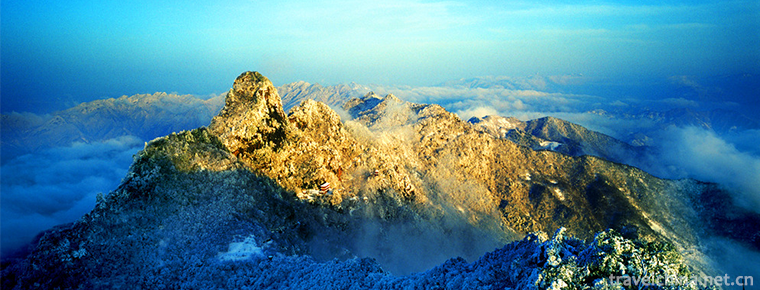
-
Shanghai Urban Planning Exhibition Hall
The Shanghai Urban Planning Exhibition Hall was completed in early 2000 and opened to the public on February 25, 2000. As an important window for Shanghai's external publicity, Shanghai .
Views: 129 Time 2018-12-19 -
La blun Temple
Labrang Temple is one of the six main monasteries of the Gelug Sect of Tibetan Buddhism. In 1982, Labrang Temple was listed as one of the key cultural relics protection units in China.
Views: 153 Time 2019-01-29 -
Iron flower
Tiehua is a kind of fireworks which spread in the folk traditions of Henan and Jin Dynasties. It has a long history which can be traced back to the Spring and Autumn Period and the Warring States Peri.
Views: 216 Time 2019-04-23 -
Da Xian Opera
Daxian opera is a local traditional drama in Huaxian and Puyang counties of Henan Province, and one of the intangible cultural heritage at the national level. The singing music of Daxian opera belongs.
Views: 197 Time 2019-04-23 -
Wuqiang Wood Engraving New Year Picture
Wuqiang New Year's Painting is one of the traditional folk crafts in Wuqiang County, Hebei Province. It is named for its origin in Wuqiang County, Hebei Province. It is a unique style of Chinese folk .
Views: 100 Time 2019-06-30 -
Golden Gong dance of Yao nationality
In November 2014, the Golden Gong dance of Yao nationality declared by Tiandong County of Guangxi Zhuang Autonomous Region was listed in the fourth batch of national intangible cultural heritage list .
Views: 221 Time 2019-07-11 -
Neutralization Festival
Zhonghe Festival, a traditional Chinese folk festival, is on the second day of February, but the date at that time was on the first day of February. With the evolution of history, it was changed to th.
Views: 378 Time 2019-08-03 -
Bao Shu Ya
Bao Shuya (the first 723 years or the first 716 years - the first 644 years). Si Surname, abalone His name is a famous uncle. Yingshang (now belongs to Anhui (person) the Spring and Autumn period Qi S.
Views: 167 Time 2019-09-11 -
Ancient plank road of Mingyue Gorge
Mingyuexia ancient plank road is located at the mouth of Jialing River Valley, Chaotian District, Guangyuan City. It is the starting point of national Jianmen Shu Road scenic tourism line, and is a provincial key cultural relics protection unit..
Views: 392 Time 2020-11-08 -
Neijiang economy
In 2019, the GDP of Neijiang City will reach 143.33 billion yuan, an increase of 7.8% over the previous year in terms of comparable prices. Among them, the added value of the primary industry was 24.050 billion yuan, an increase of 2.9%; the added value.
Views: 357 Time 2020-12-16 -
Leshan climate
Leshan has formed a variety of climate types under specific geographical conditions. Because the region is located near 29 ° n, the city belongs to the middle subtropical climate zone, with the characteristics of four distinct seasons, abundant rainfall, water.
Views: 377 Time 2020-12-17
